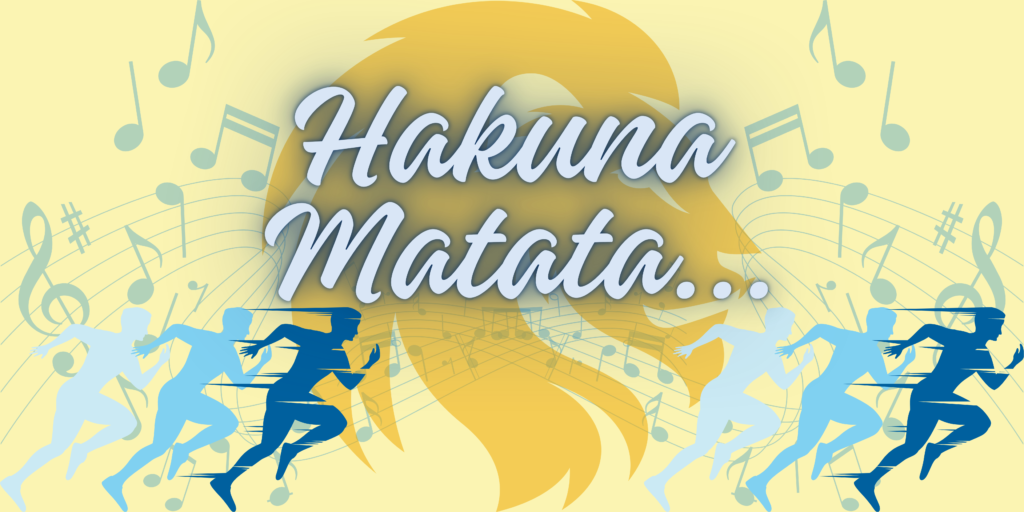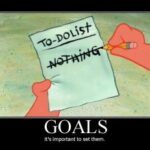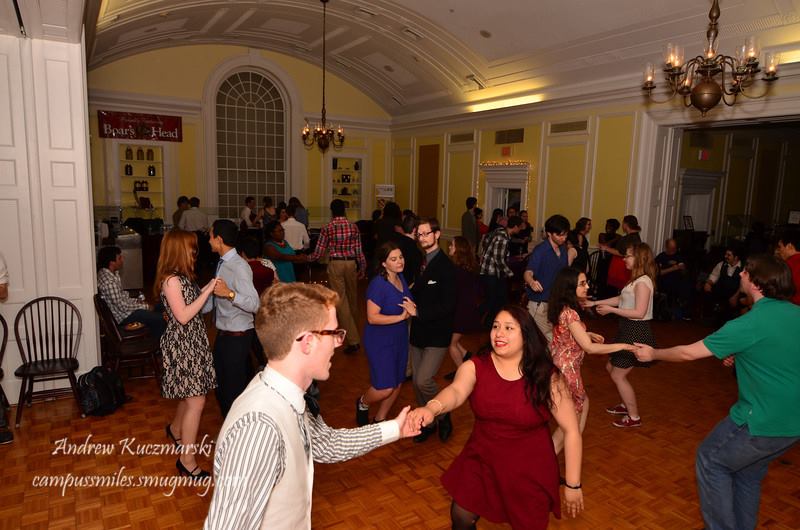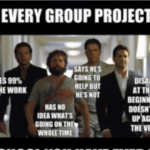By default, “The Lion King” soundtrack was my go-to motivation music.
Let me explain, and in doing so, I will reveal my age.
Growing up, soccer was my sport. I played it every chance I got. Keeping in shape during the off-season was the key to staying good at soccer. My goal was to run every night after school to maintain my fitness.
When I was in high school, CDs were just becoming popular, but you couldn’t run with a CD because it would skip. So, to listen to music while running, I had to go back a step in technology and use cassette tapes.
Since it was evident that CDs would replace cassette tapes, I didn’t want to spend any money on a new cassette tape for running. Besides, I was broke as a high school student.
The only cassette tape I had was a soundtrack… to a Disney movie… and that movie was “The Lion King.”
I ran every night to “The Lion King” soundtrack. I associate every song on the soundtrack with the feeling of getting a runner’s high. Even to this day, if I hear, “Can you feel the love tonight…” all I want to do is get up and start running!
Now, imagine attending an event I’m hosting. As you enter the room, you’re greeted by the sound of “Hakuna matata, what a wonderful phrase.” How would you feel? My guess is that you’d probably be a bit perplexed.
Music is a critical element in creating a highly engaging event or meeting. However, there are four rules you need to follow when using music in your next program.
4 Rules You NEED to Follow When Using Music
Use Their Music, Not Your Music
I know you LOVE heavy Rammstein German metal, but it’s not about what music pumps you up. It’s about what resonates with the people in your program. Match the music you play to the preferences of the majority of your audience.
Fill The Space
If you’re running a workshop, there should be music playing whenever you’re not speaking. Play music when they enter, when they interact, when they work on a worksheet, during breaks, and when they return from breaks. Even for large group games, keep the music going. You get the idea :-).
Balance The Volume
Adjust the music volume according to the number of people in the room. If your program is just starting, begin with low-volume music as people arrive, gradually increasing it as more people join. However, ensure the volume is never so loud that it drowns out conversations.
Set The Tone
Music is a great way to establish the atmosphere for your program or a specific part of it. For high-energy moments, choose upbeat music with more beats per minute. For a more emotionally charged environment, opt for softer music with slower beats per minute. When you want a reflective ambiance, such as during worksheet activities, use instrumental music (no lyrics) with slower beats per minute. I’ve found instrumental hip-hop music to be the best choice for this.
Music is a powerful tool that can enhance the energy and engagement of any event or meeting. As I shared earlier, “The Lion King” soundtrack was my go-to motivation music during my high school soccer days, and it still brings back memories of getting a runner’s high. Remember to follow these four rules when using music at your next program: use their music, not your music; fill the space with music; balance the volume; and set the tone with music. Doing so can create a highly engaging and memorable experience for your program. So, next time you’re hosting an event or meeting, remember to add some music to the mix.




